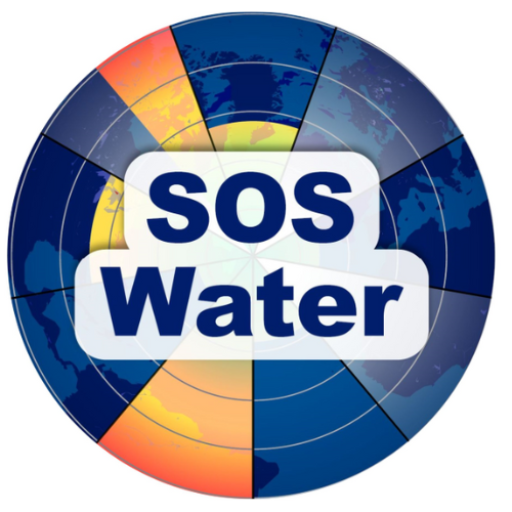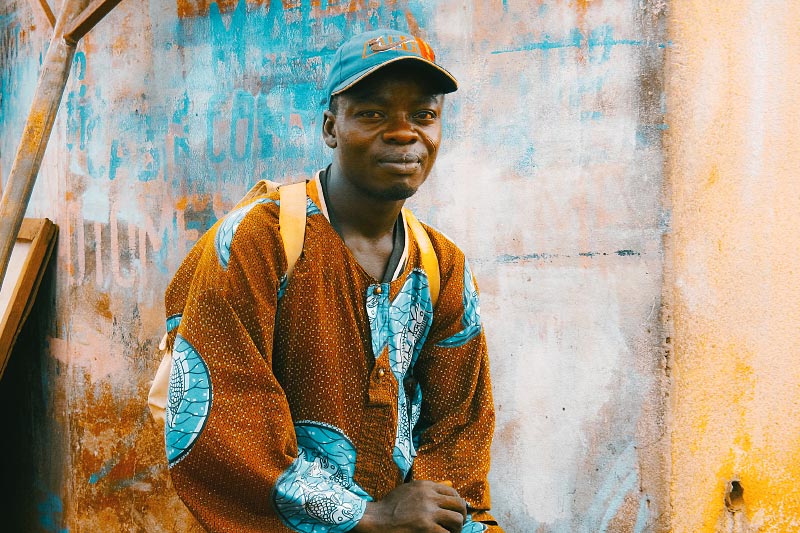Work Package 2: Integrated Water Modelling System
The overarching goal of WP2 is to provide the modelling tools and model runs needed to establish current and future water availability (including water quality) and human water use based on the scenarios and management pathways developed in WP1. WP2 will investigate how this relates to the current and future SOS for water systems at the case study level and the European scale. The work in WP2 involves the advancement of WSMs that simulate the coupled human-water system. These WSMs will be set up for Europe at 1km spatial resolution and for the selected case studies. By developing and implementing the IWMS, WP2 aims to provide a robust framework for integrated water resource management, enhancing the ability to make informed decisions under diverse conditions and challenges. WP2 includes 6 tasks.
The objectives include:
- Advance WSMs: Improve state-of-the-art water system models at European and basin scales by including dynamic representations of water use.
- Explore Interactions: Investigate the two-way interaction between water availability, water quality, and water use, and enhance future water demand scenarios.
- Link WSMs and IMs: Establish connections between WSMs and Integrated Models (IMs) to cover water use impacts on water values like economy, biodiversity, equity, and social justice, creating an Integrated Water Modelling System (IWMS).
- Benchmark IWMS: Validate and calibrate the IWMS using Earth Observation (EO) data and stakeholder input.
- Apply IWMS: Use the IWMS for simulations under business-as-usual scenarios and the scenarios developed in WP1.

Explanatory video for Work Package 2 with PhD Candidate Jen Steyaert from Utrecht University in the Netherlands
Task 2.1: Improved Water Use Modelling (M1-M18)
- Lead Partner: POLIMI
- Participants: IIASA, UU, UPV, GeoEcoMar
- Description: Explore interactions between water availability, quality, and use through stakeholder dialogues. Utilize machine learning, especially deep-learning methods, to assess these relationships and develop improved water use schemes. Outcomes will inform improved scenario-building and water system models (WSMs). This task contributes to Deliverable D2.1.
Task 2.2: Advancing State-of-the-Art WSMs and Linking with Regional IMs (M1-M24)
- Lead Partner: UU
- Participants: IIASA, UPV, POLIMI, GeoEcoMar
- Description: Establish model infrastructure for Europe and case studies at 1 km spatial resolution using PCR-GLOBWB and CWatM. Integrate regional IMs for specific case studies and implement improved water use routines developed in Task 2.1. Update water quality routines based on case study needs. This task contributes to Deliverable D2.2.
Task 2.3: Linking WSMs with IMs to Model Water Values (M12-M24)
- Lead Partner: FVB-IGB
- Participants: IIASA, UU, UPV
- Description: Link WSMs with IMs, such as SDMs and ARIES, to represent aquatic biodiversity and ecosystem services. Provide parameter and forcing information to establish seamless integration of WSMs and IMs, forming a holistic IWMS at the case study level. This task contributes to Deliverable D2.2.
Task 2.4: Benchmarking IWMS (M18-M24)
- Lead Partner: UU
- Participants: IIASA, UPV
- Description: Calibrate and validate WSMs and IMs (and the resulting IWMS) against EO data and in-situ data. Evaluate model performances for case studies and consult stakeholders for feedback on model results. This task contributes to Deliverable D2.2.
Task 2.5: Historical and Business-as-Usual Simulations (M24-M36)
- Lead Partner: UPV
- Participants: IIASA, UU, POLIMI
- Description: Run IWMS under historical and future business-as-usual scenarios. These outputs will be used to assess the baseline SOS representing the current status quo in the case studies. This task contributes to Deliverable D2.3.
Task 2.6: Simulations Under Intervention Scenarios (M24-M48)
- Lead Partner: IIASA
- Participants: UU, UPV, POLIMI
- Description: Run IWMS under future scenarios and management pathways, including current policies and future visions towards desired SOS. Outputs will assess the multi-dimensional future SOS based on simulations for each scenario and management pathway defined in WP1. This task contributes to Deliverable D2.4.








Keep In Touch